Are you looking after the health of your breasts?
By naturopath Margaret Jasinska
Breast health is a concern for the majority of women. This is natural because it can feel very scary to notice a lump or other abnormality. I encourage all women to perform self breast examinations regularly. It is very important to be familiar with your own breasts; knowing exactly how they appear and how they feel. This way, you can detect subtle changes at an early stage, and then see your doctor for further investigations if necessary.
If you don’t regularly check your breasts, please read this simple explanation of how a breast self examination should be performed. Women who menstruate should perform a breast self exam approximately a few days after their menstruation has ended. Post menopausal women can do it any time of the month. The good news is that most breast lumps end up being harmless cysts.
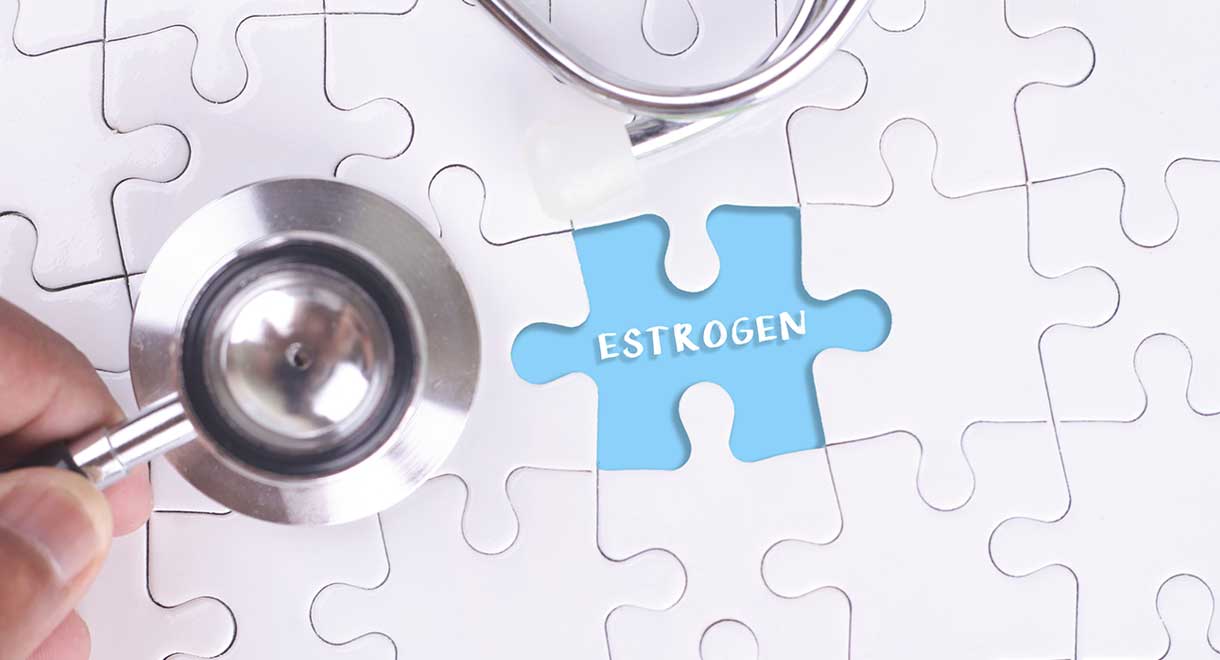

The effects of oestrogen dominance on breast health
The effects of oestrogen in the body are supposed to be balanced, or opposed by the hormone progesterone. Progesterone is a hormone made by the ovaries in the second half of the menstrual cycle, after ovulation. After ovulation the ovarian follicle changes into what is known as the corpus luteum, which secretes progesterone until day one of the menstrual cycle, which is when bleeding begins. Some progesterone is also made in the adrenal glands. Progesterone is made out of the steroid hormone pregnenalone, and it is the precursor to several hormones, including cortisol, oestrogen and the male hormones testosterone and androstenedione.
Where oestrogen acts like a fertiliser on hormone sensitive tissues, progesterone acts like a lawn mower. While oestrogen stimulates breast cells to grow and divide, progesterone causes them to mature. Progesterone protects the breasts and uterus from potentially harmful effects of excess oestrogen. Unfortunately, progesterone deficiency is extremely common in today’s women; there are several reasons for this. If ovulation does not occur, the ovary cannot produce progesterone in the second half of the menstrual cycle. Ovulation can be inhibited by high insulin levels (causing polycystic ovarian syndrome), stress, nutritional deficiencies and endocrine disruptors (chemicals that behave like oestrogen). If you are chronically stressed, you will convert much of your progesterone to cortisol. This can cause menstrual problems and promote weight gain around your torso.
Oestrogen dominance describes a condition where not enough progesterone is being produced relative to oestrogen. You can have high, normal or low levels of oestrogen, but if you are not producing adequate progesterone to counteract oestrogen, you are said to suffer with oestrogen dominance. Women with oestrogen dominance are more likely to suffer with painful breasts or breast lumps, particularly in the week before menstruation.
Key ways to protect the health of your breasts
I recommend the following diet and lifestyle strategies:
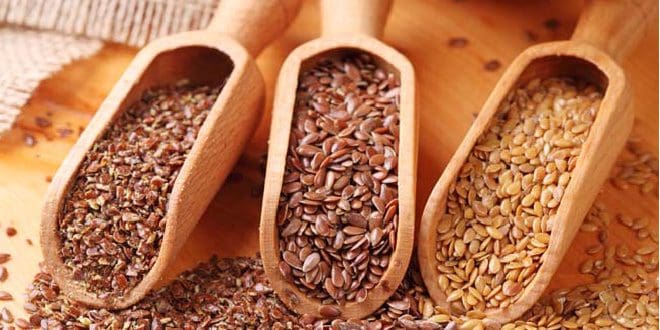

Increase your intake of phyto-estrogens
Phyto-estrogens are natural compounds found in a wide variety of plants that have a very similar structure to the body’s own oestrogen; they are able to fit inside oestrogen receptors in our cells. However, phyto-estrogens are up to 1000 times weaker than oestrogen made by the body. Phyto-estrogens help to protect the oestrogen receptors in your breasts from more powerful oestrogens made in your body or found in environmental chemicals. Flaxseeds, nuts and seeds are all good sources of phyto-estrogens.
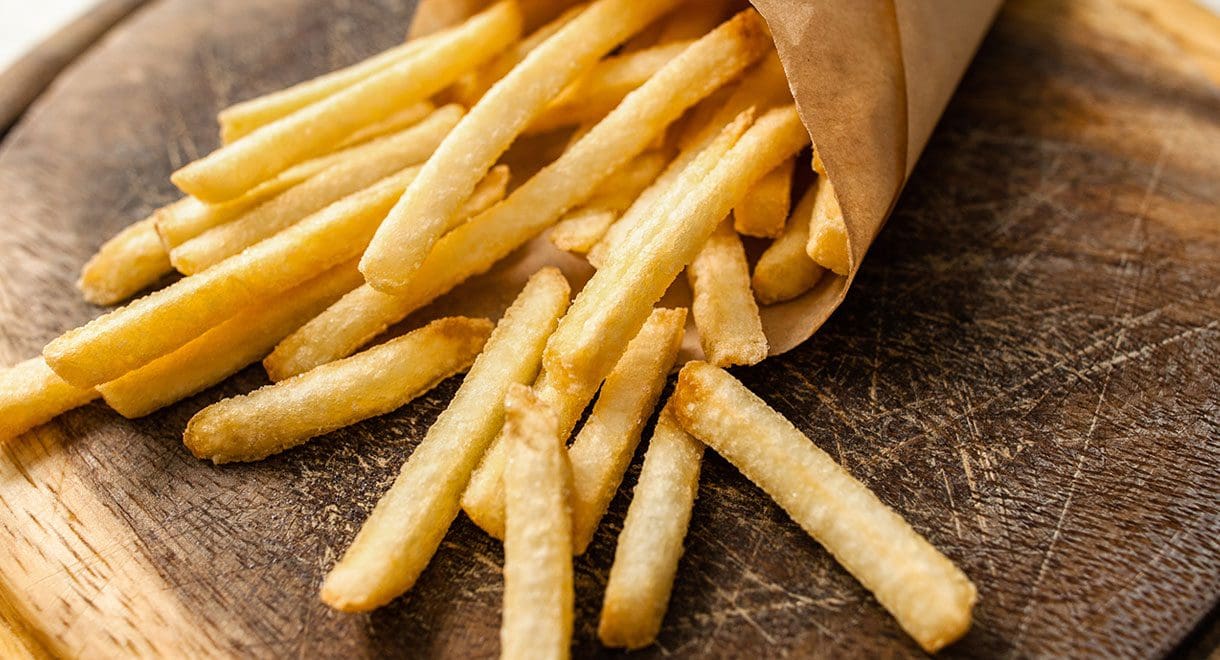

Reduce your consumption of trans fatty acids and polyunsaturated omega 6 rich vegetable oil
These fats increase the level of inflammation in your body, thus generating free radicals and using up antioxidants. Excessive inflammation increases the risk of many health problems. These fats are found in many processed foods such as biscuits, salad dressings, pastries, chips, crackers and fried foods. A lot of people think vegetable oil such as sunflower oil is healthy. You can’t get more innocent looking than a sunflower. However, the extraction process damages the delicate fatty acids, and then using this oil to cook with damages them even further. Animal fats such as ghee and lard tolerate heat much better than most vegetable oil.
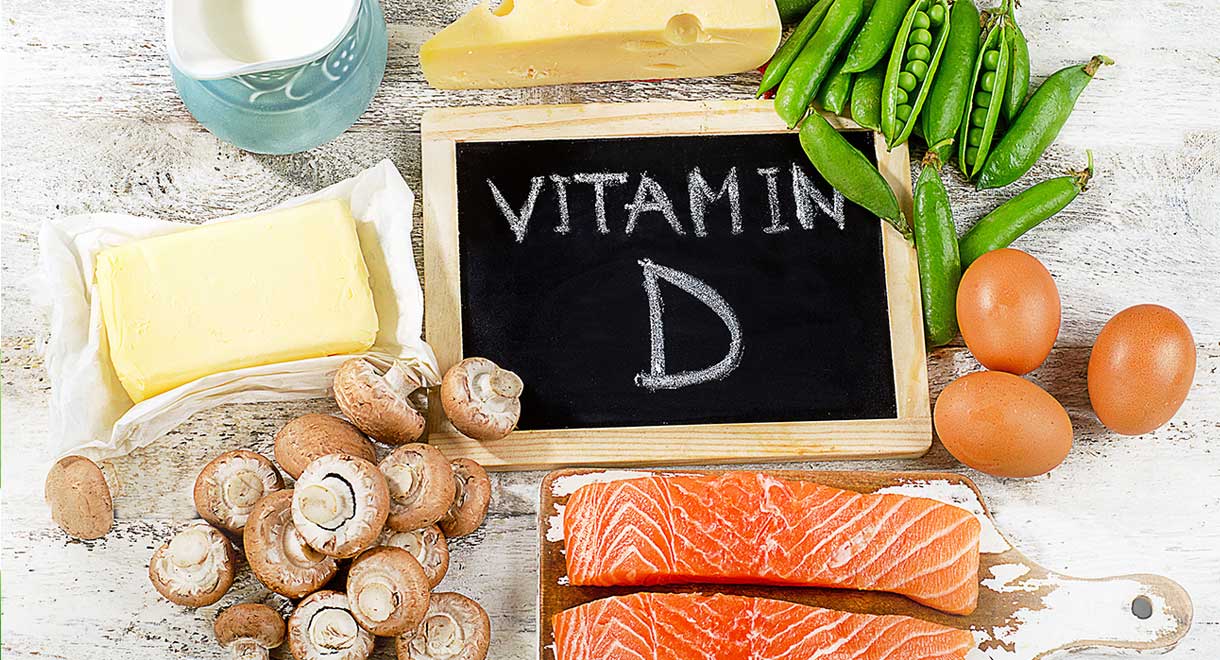

Ensure you receive optimum vitamin D, iodine and selenium
Each of these nutrients plays an important role in protecting breast cells from harmful agents. Deficiency of these nutrients is extremely common among women all over the world.
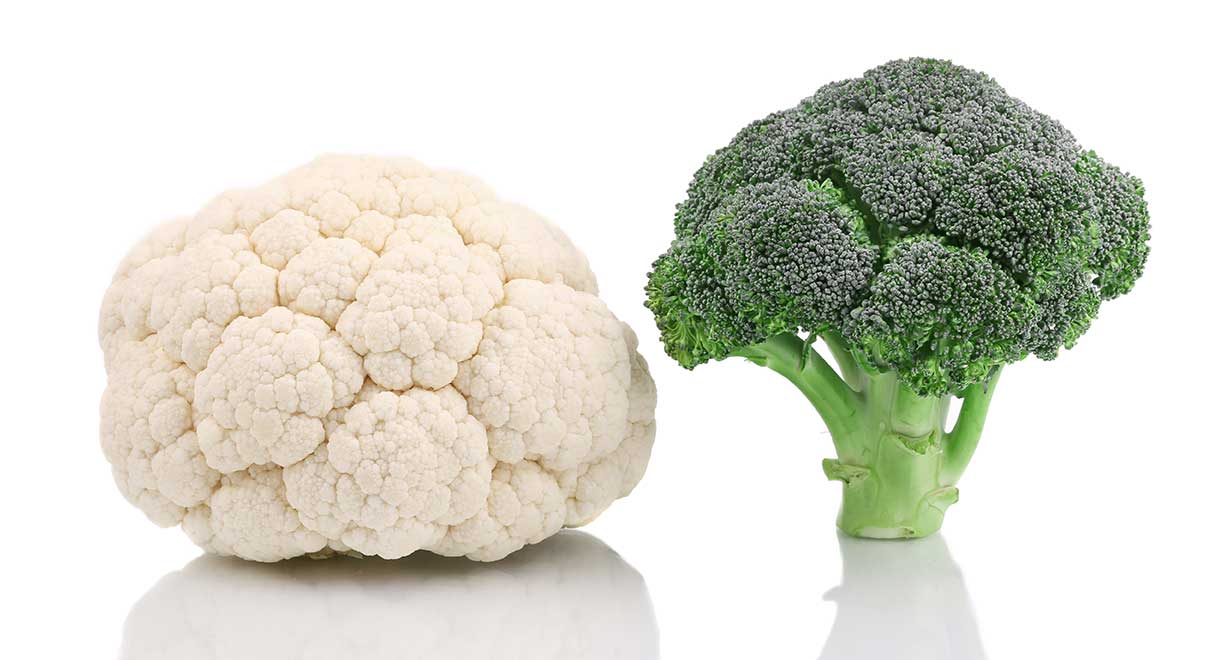

Eat more cruciferous vegetables
Broccoli, Brussels sprouts, cabbage and cauliflower all contain indole 3 carbinol. This compound improves the liver’s ability to detoxify and excrete oestrogen from the body. You need a healthy liver in order to break oestrogen down, and healthy bowels in order to excrete it. If you’re not removing oestrogen well enough, it can build up and create oestrogen dominance.
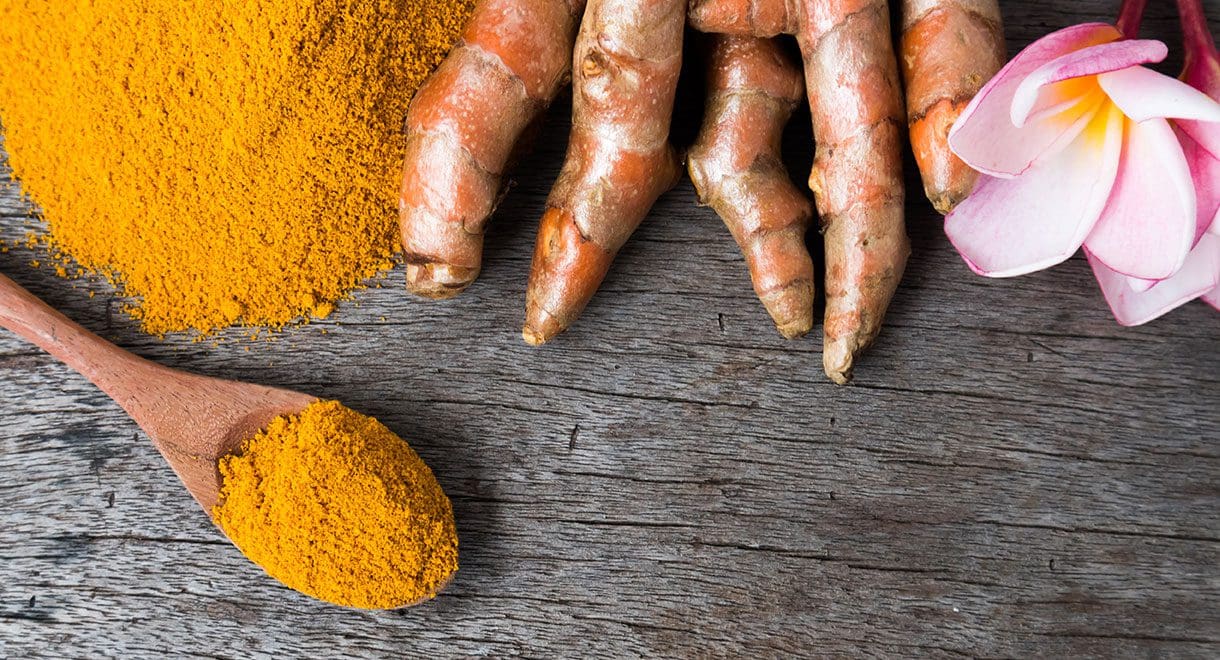

Add turmeric to your diet
This yellow coloured spice helps to protect breast cells from environmental pollutants.
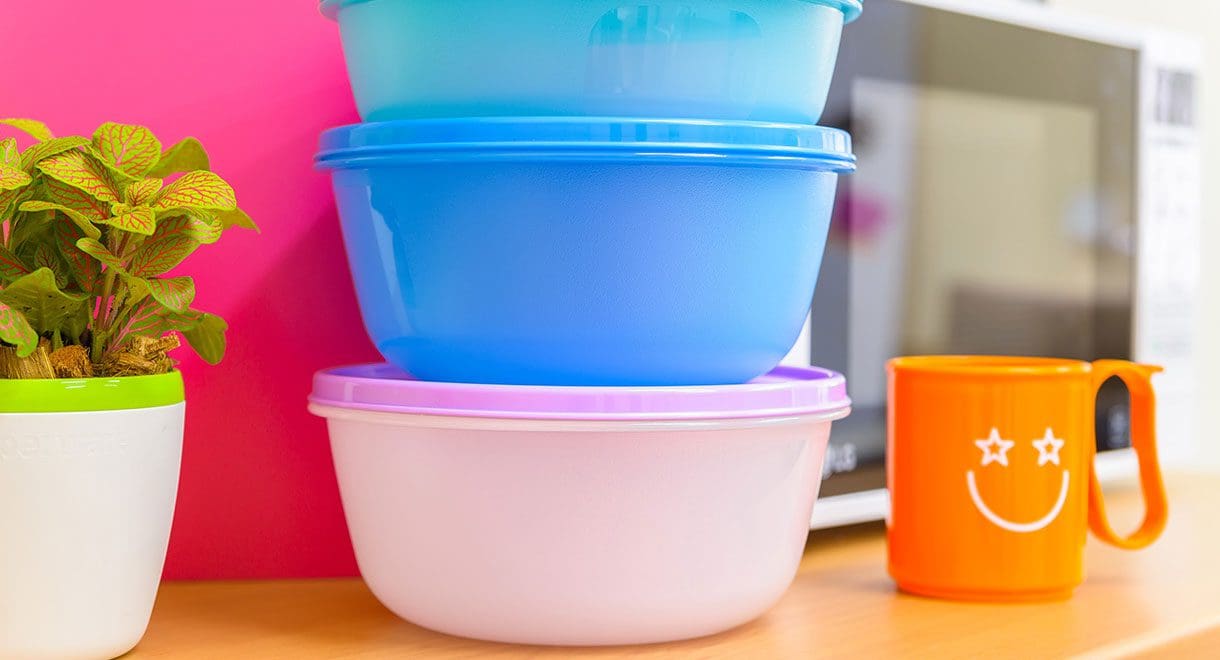

Minimise your exposure to environmental chemicals
Bisphenol A and phthalates are two compounds found in a variety of plastic. They have the ability to leach into food or liquids stored in plastic containers, and may create hormone problems when they get into your body. Therefore it is best to minimise eating or drinking out of plastic containers, and never heat food in plastic containers. Phthalates and parabens are found in many cosmetics, fragrances and personal care products. There is strong evidence they can cause hormonal imbalance and raise the risk of breast cancer. These days it is extremely easy to find effective and affordable products without phthalates and parabens.


Minimise alcohol consumption
Alcohol increases the risk of a number of cancers, including breast cancer. It impairs the liver’s ability to cleanse and detoxify your body. Alcohol can also distort brain chemistry, reducing stress coping abilities and predisposing an individual to anxiety or depression. You can read more here.
For more information see our book called The Breast Cancer Prevention Guide.


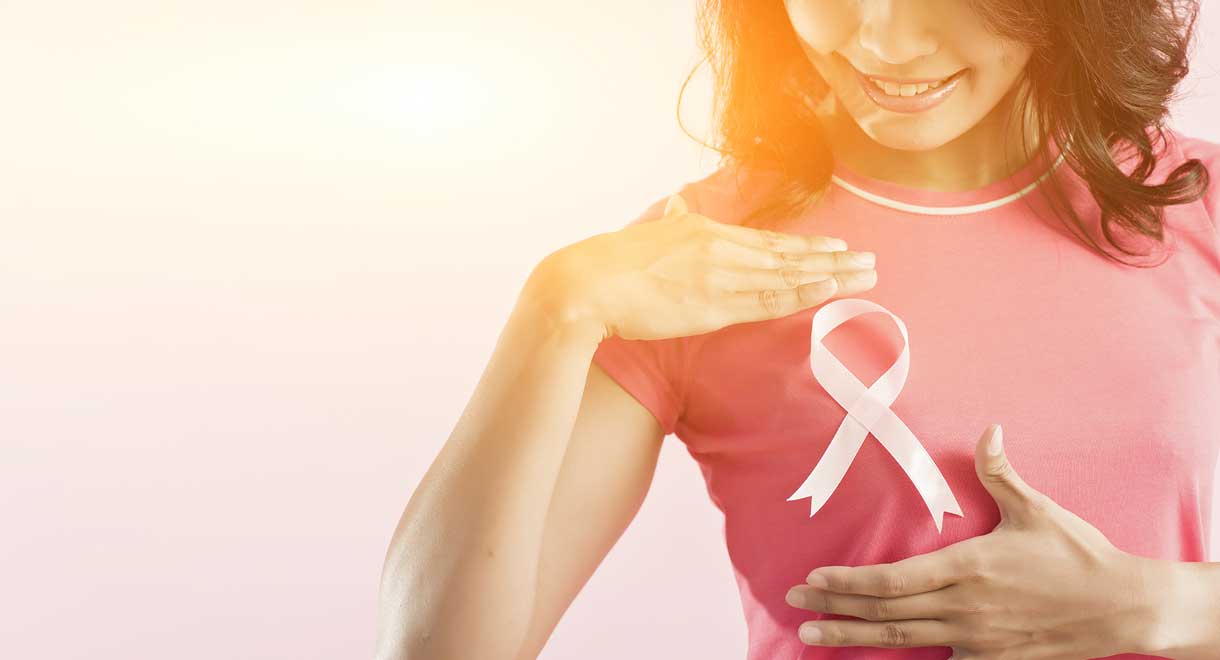

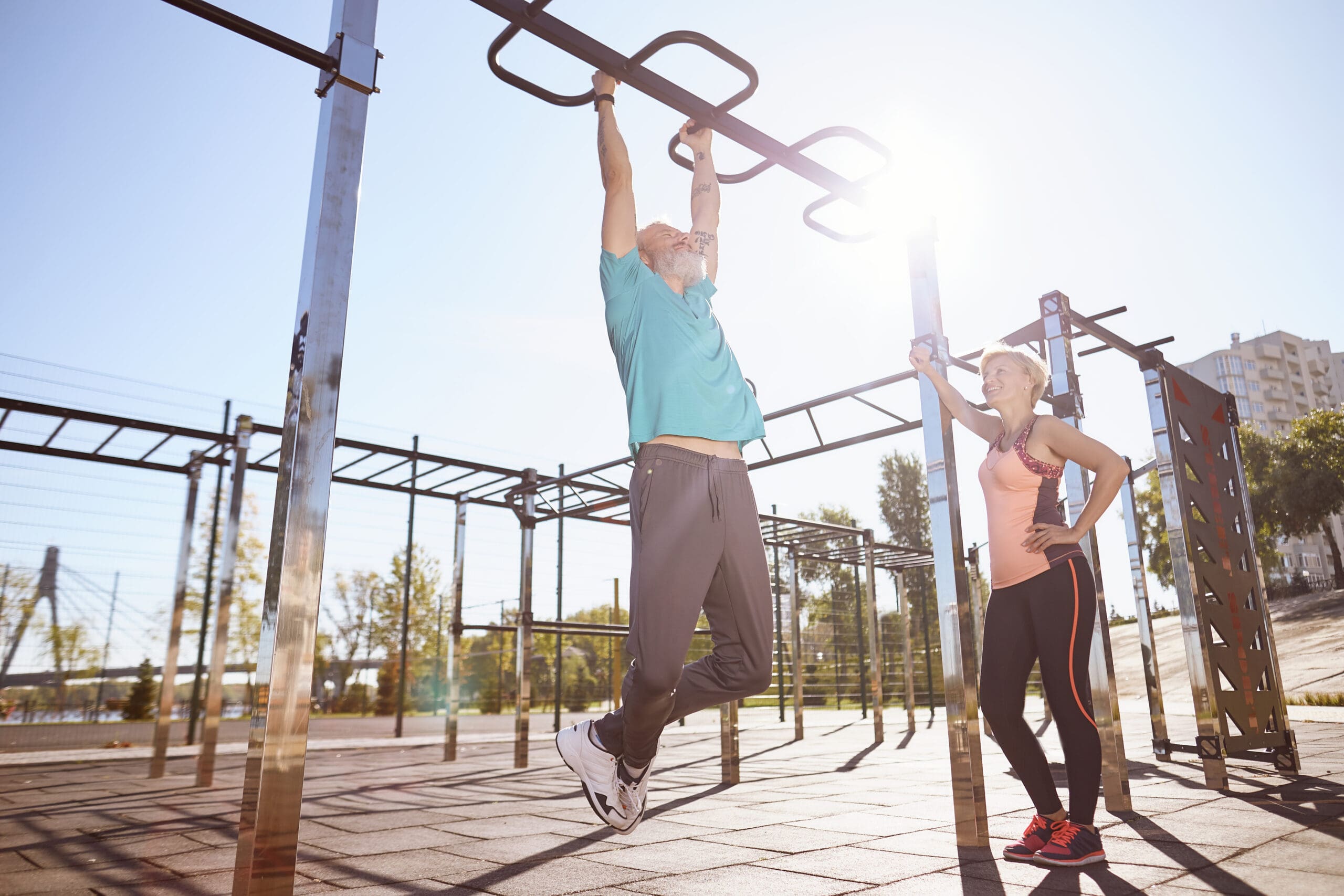
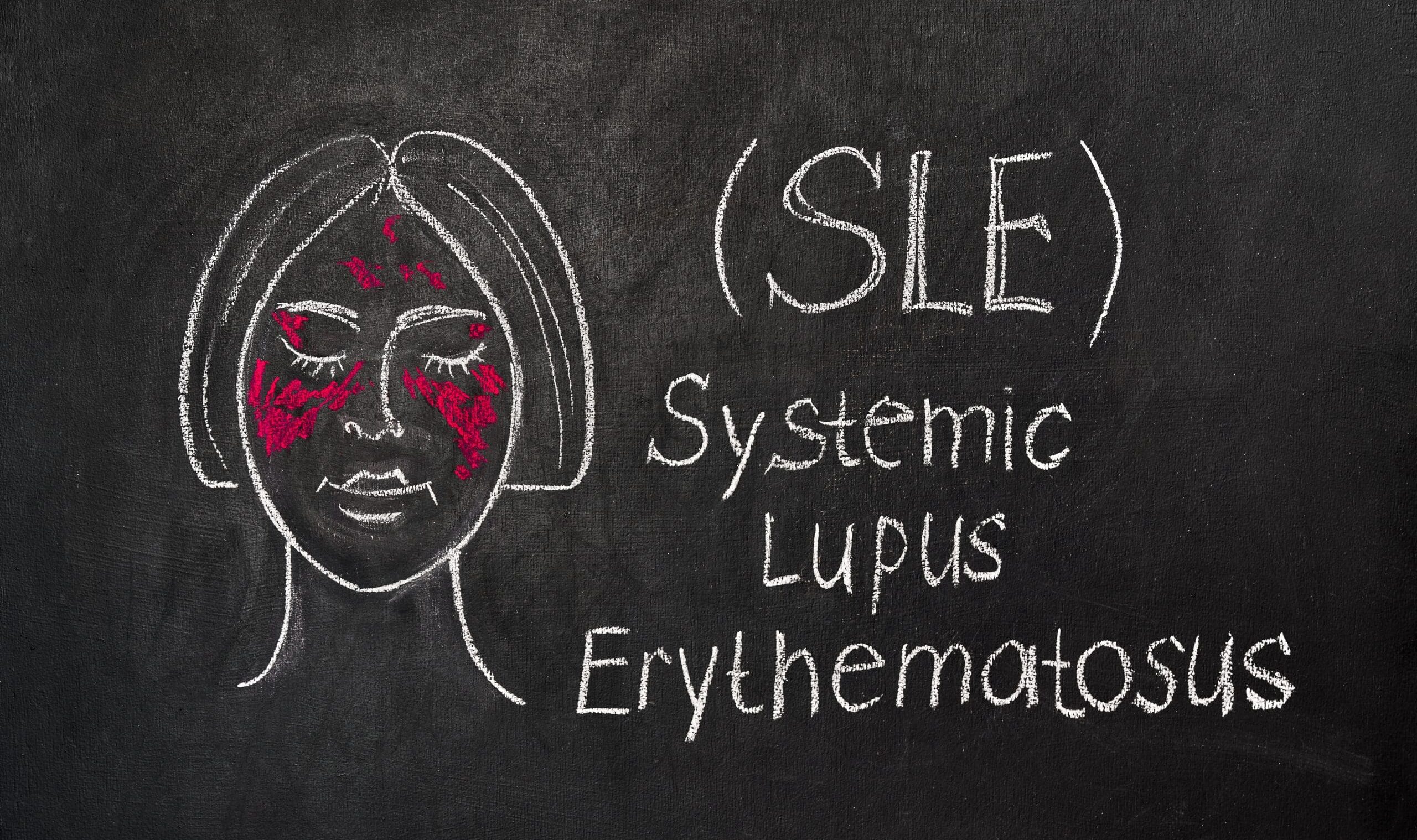
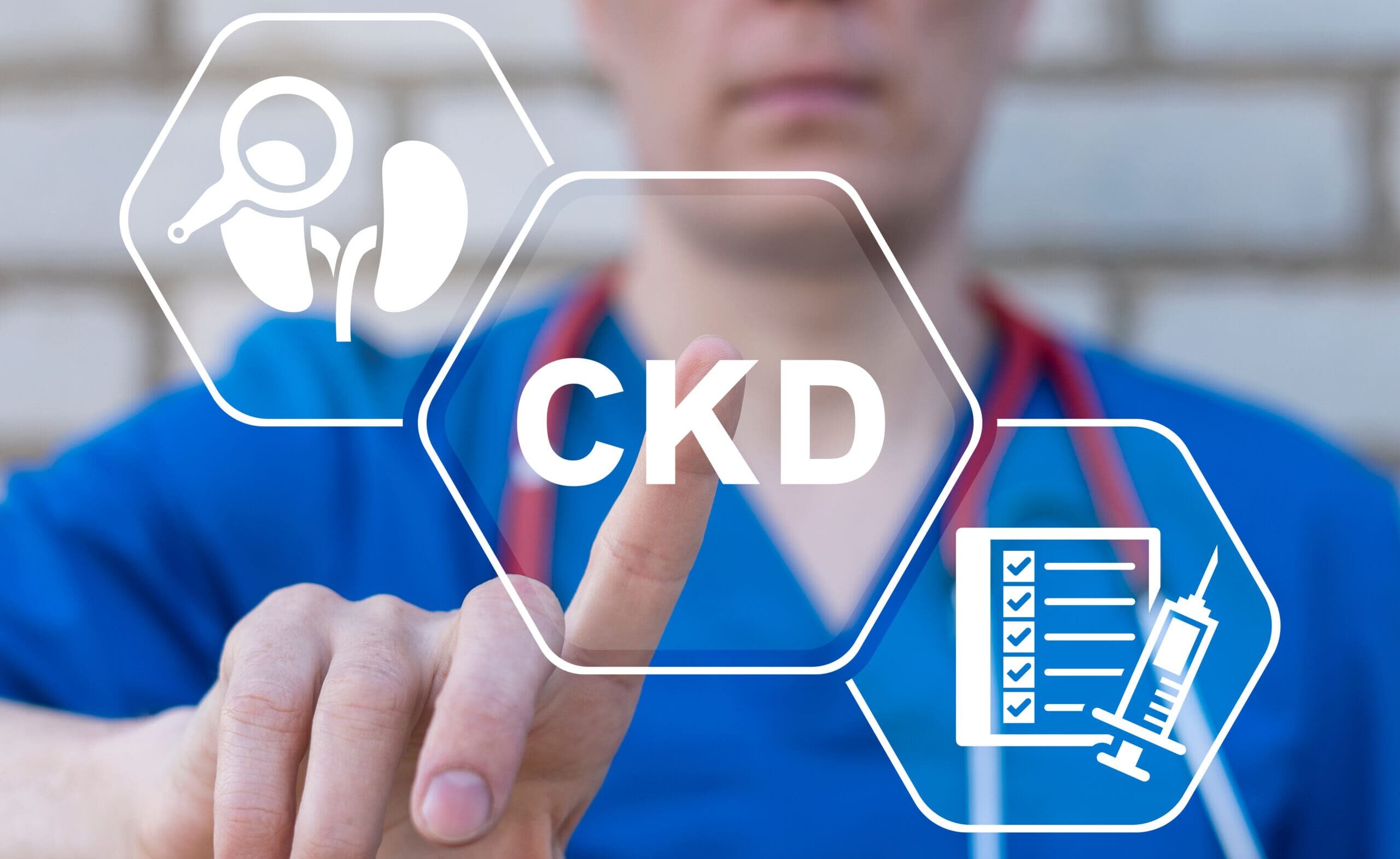
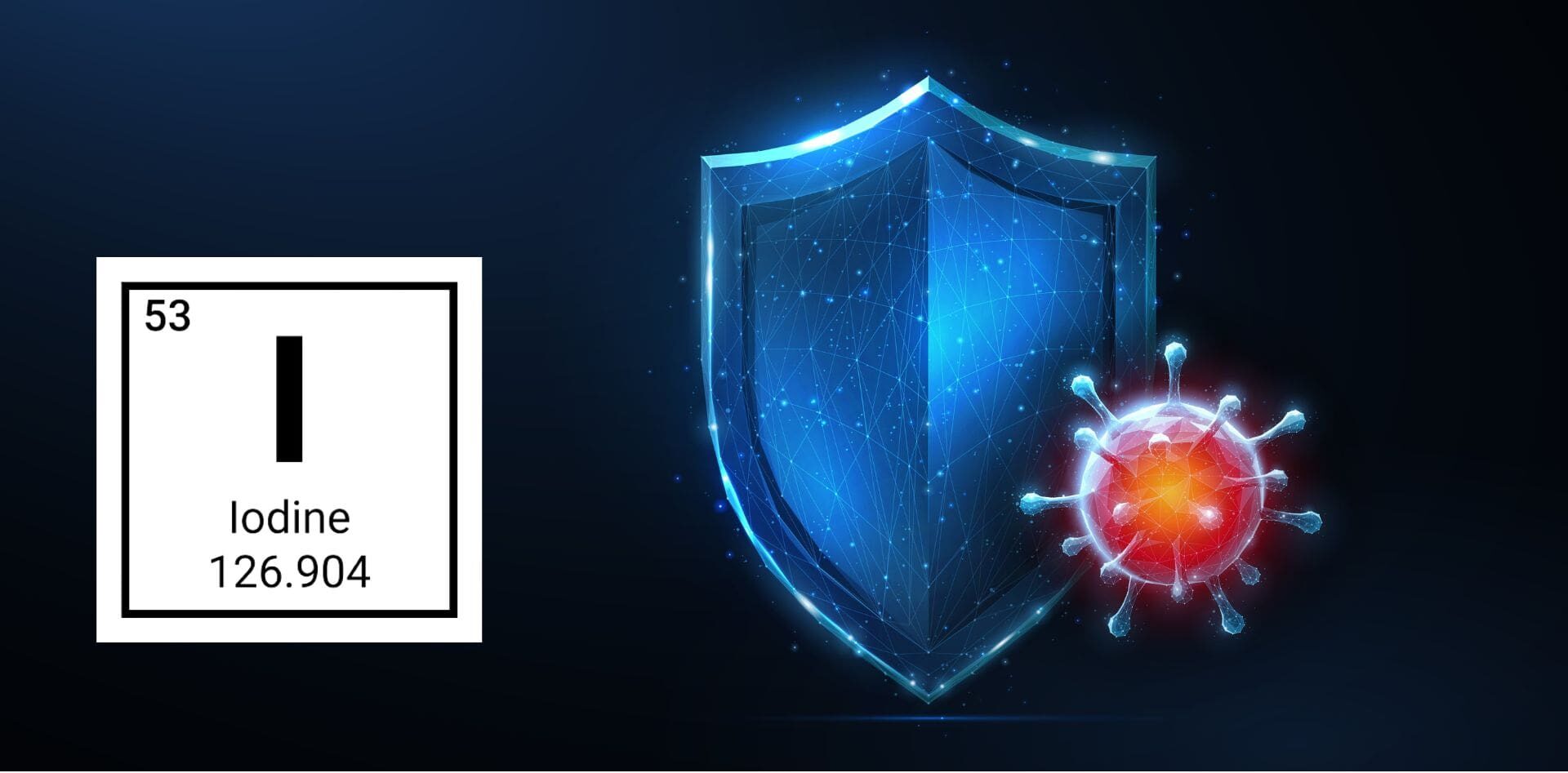

Leave A Comment